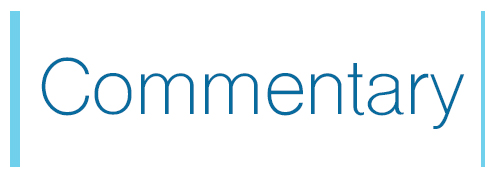To thrive in today’s higher education environment and meet diverse student needs — particularly during the pandemic — community colleges must leverage a technology adoption strategy designed to accommodate varied student populations.

This ranges from traditional students attending full time to part-time students balancing work, family and other responsibilities while pursuing a degree (most likely remotely now). And with COVID-19 layered on top of these dynamics, community colleges have also needed to quickly adopt remote learning and other cloud-based technologies to sustain operations.
Considering all of these factors, the biggest driver of our ability to generate technology-enabled success for our students, faculty and staff is our level of alignment with our institution’s overall strategic plan. As the CIO of Oakton Community College (Illinois) – serving over 7,500 students – and having also worked at larger, four-year institutions, I’ve found that it is critical to align IT strategy with each institution’s main priorities at a fundamental level.
Foster equity for students
For our institution and many other community colleges, fostering equity is a major priority within the college’s overall strategic plan and should play an integral role in the technology strategy. This means the solutions we select to help students further their academic careers and maintain close connections with our institution must offer them equal opportunities to succeed regardless of personal or social circumstances.
With this in mind, we intentionally select solutions that help each student address their nuanced needs and allow them to progress toward their goals independently. Rarely does this involve choosing a monolithic higher ed solution, as best-of-breed options often deliver a better, more flexible experience and can be integrated quickly and seamlessly into the tech environment.
For example, we’ve implemented accessible synchronous learning options such as Zoom and Google Meet and introduced a new Continuing Education portal that meets our cybersecurity standards. We also utilize CollegeSource’s uAchieve degree audit solution to make sure students are taking the right set of courses to graduate in an optimal amount of time — not wasting money for classes they don’t need.
Operate as lean but mighty IT
The challenges of delivering high-quality technology solutions to students and the institution are compounded by the reality that community colleges typically have slimmer IT departments. In my experience, the requirements and demands for meeting student and institutional needs at community colleges are similar to those at larger, four-year colleges, but we must use our resources more efficiently to deliver high-value outcomes.
Technology integration becomes incredibly important as we cannot afford unnecessary friction between applications that disrupts the student or cross-campus collaboration experience. Data must be shared across departments and work with our intranet, which serves as a one-stop-shop for students to engage with resources online.
Streamline technology criteria
Creating protocols for selecting technology solutions is a key factor in allowing IT strategy to align with the college’s strategic initiatives. We have established specific criteria that meet institutional guidelines, and our policies are known and accepted across all departments on campus. This approach fosters a collaborative relationship between IT and campus stakeholders – as everyone knows IT is making decisions based on the college’s strategic plan, which includes helping each department meet their collective goals.
Our solution qualification criteria are specific and rigorous – including meeting competitive metrics for integration capabilities, security requirements, responsiveness for student engagement, mobile functionality and others. We also evaluate how well solutions will work with our intranet and allow us to present insights and dashboards in cooperation with other solutions’ data. We also ensure that any technology we adopt is fully supportable so student and faculty IT issues can be resolved quickly.
As it is critical for today’s community college students to get the information and support they need every time they engage through technology, the right technology strategy must be in place and evolve to meet changing needs. Aligning technology plans around each college’s strategic goals helps ensure consensus on intended outcomes. With this approach, community colleges will have greater success in serving new and existing students by helping them clarify their goals, stay on their respective path toward graduation and provide an optimal learning experience overall.
Reminding college stakeholders that technology is not a key deliverable of any initiative, but simply an enabler to implement the college’s strategic plan and deliver intended outcomes goes a long way toward getting the buy-in and support required for any successful technology rollout.





